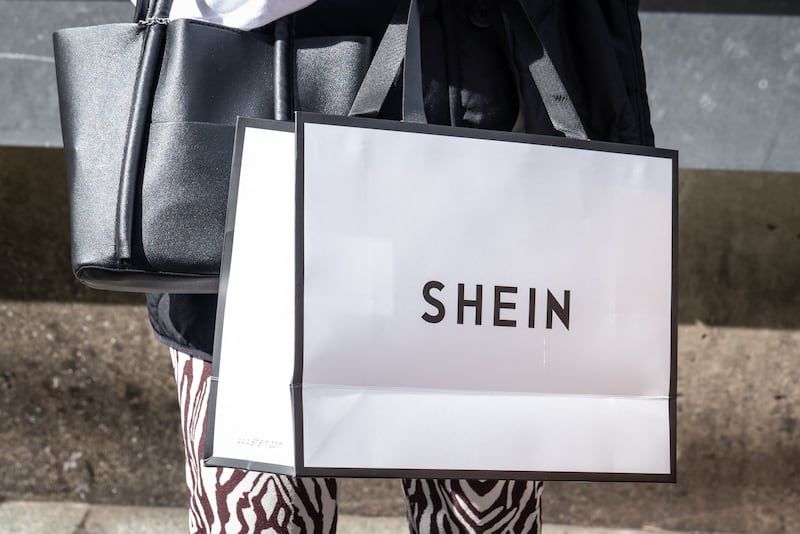A growing number of people are buying used clothing, shoes and accessories, propelling the second-hand industry to $177 billion in global sales last year, a report from online thrift marketplace ThredUp has shown.
That marks a 28 per cent increase over 2021, thanks to surging inflation, more retailers developing curated second-hand or “resale” offerings, plus increased awareness of sustainable shopping habits.
Additional growth is coming, too: The ThredUp report, which relies on research and data from third-party retail analytics company GlobalData, predicts the second-hand industry will practically double to $351 billion in global sales by 2027.
“It’s clear resale is not a fad,” ThredUp co-founder and chief executive James Reinhart told Bloomberg Green in an interview.
While consumers cite the value that underpins second-hand shopping, Mr Reinhart said brands also see resale, in particular, as increasingly crucial for their sustainability agenda.
“When I talk to brands today, it’s not a question if they will be involved in resale — it’s about how,” he said.
Fashion companies looking to reduce their greenhouse gas emissions, as well as their water and plastic footprints, can try to tackle those problems simultaneously by supporting the continued use of their existing products through resale, securing an additional revenue stream in the process.
Whether the rise of second-hand and other “circular” business models will also yield a reduction in the number of new items being produced, or in consumer demand for new goods, is still an open question.
The shoppers most attracted to resale are members of younger generations, mainly Gen Z.
In a GlobalData Survey of about 3,000 US adults, 83 per cent of Gen Z respondents said they had already shopped for second-hand clothes or were open to it.
“It’s definitely a young-people sport,” Mr Reinhart said.
That same cohort of consumers has largely fuelled the rise of fast and ultra-fast fashion, which helps explain why even major fast-fashion companies are now embracing selling second-hand in stores and online.
Shein, a Chinese retailer that has helped supercharge the fast-fashion model, got into resale last year with its Shein Exchange site.
In March, Hennes & Mauritz AB announced it was launching an online resale platform with ThredUp, and H&M has in recent annual reports said it expects climate-aware consumers to prefer more sustainable products in the future.
That potential shift in consumer preferences, as per the company, could be a big hit to future sales or, quite possibly, an opportunity.





